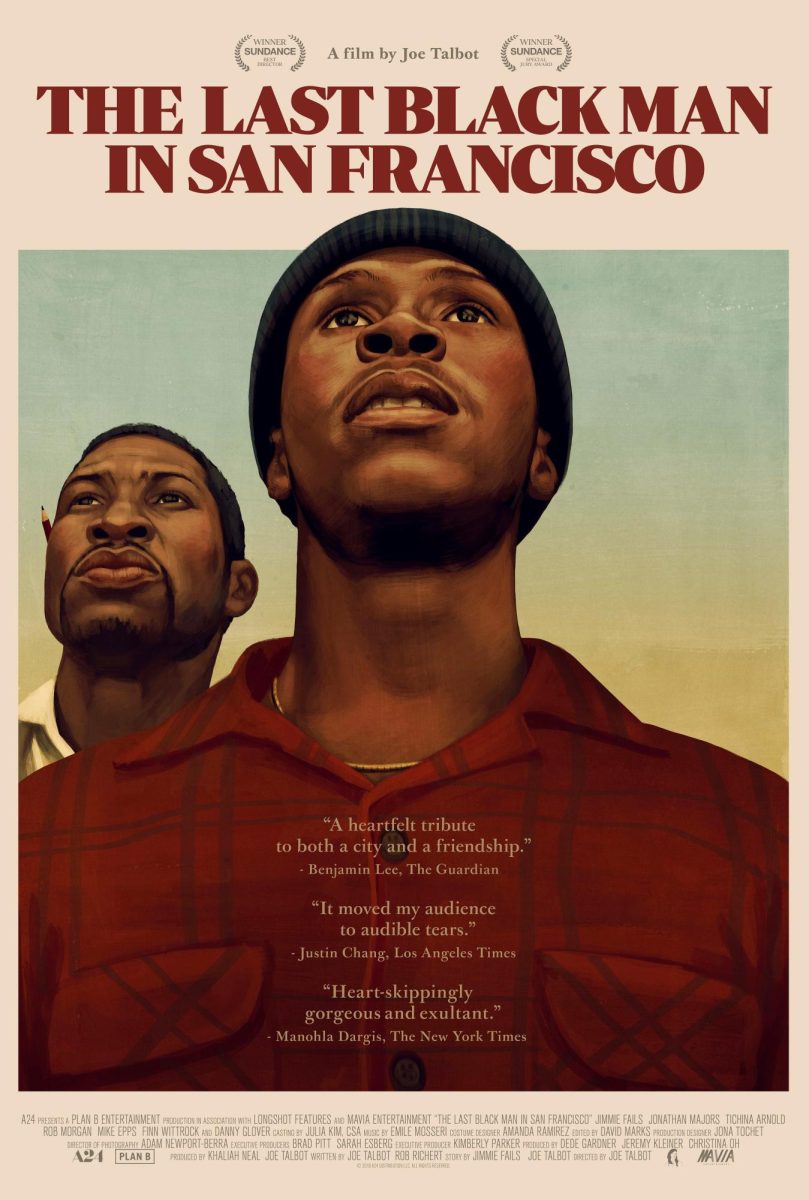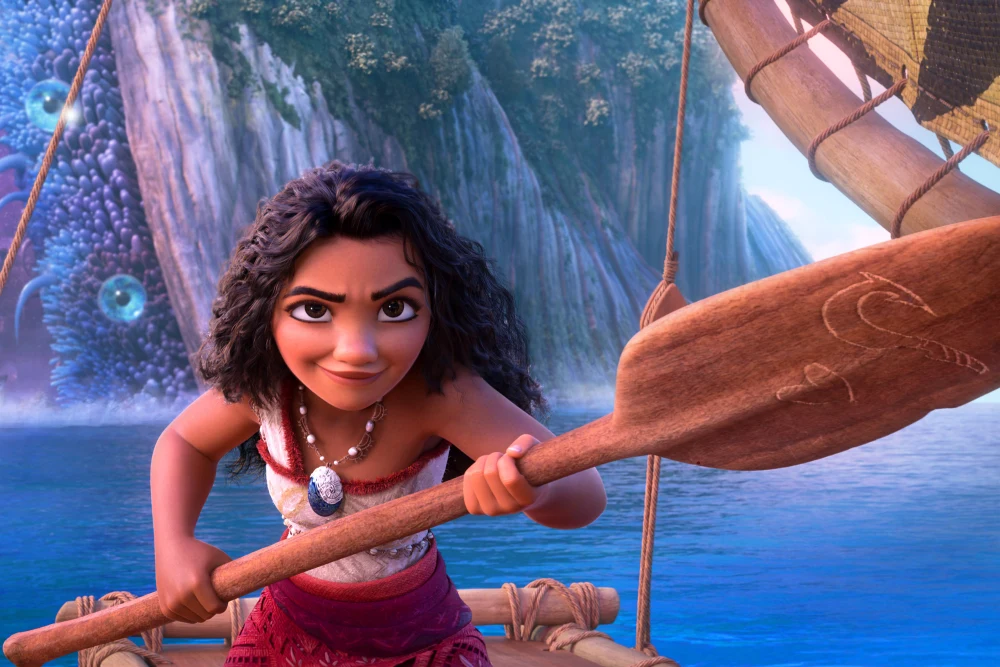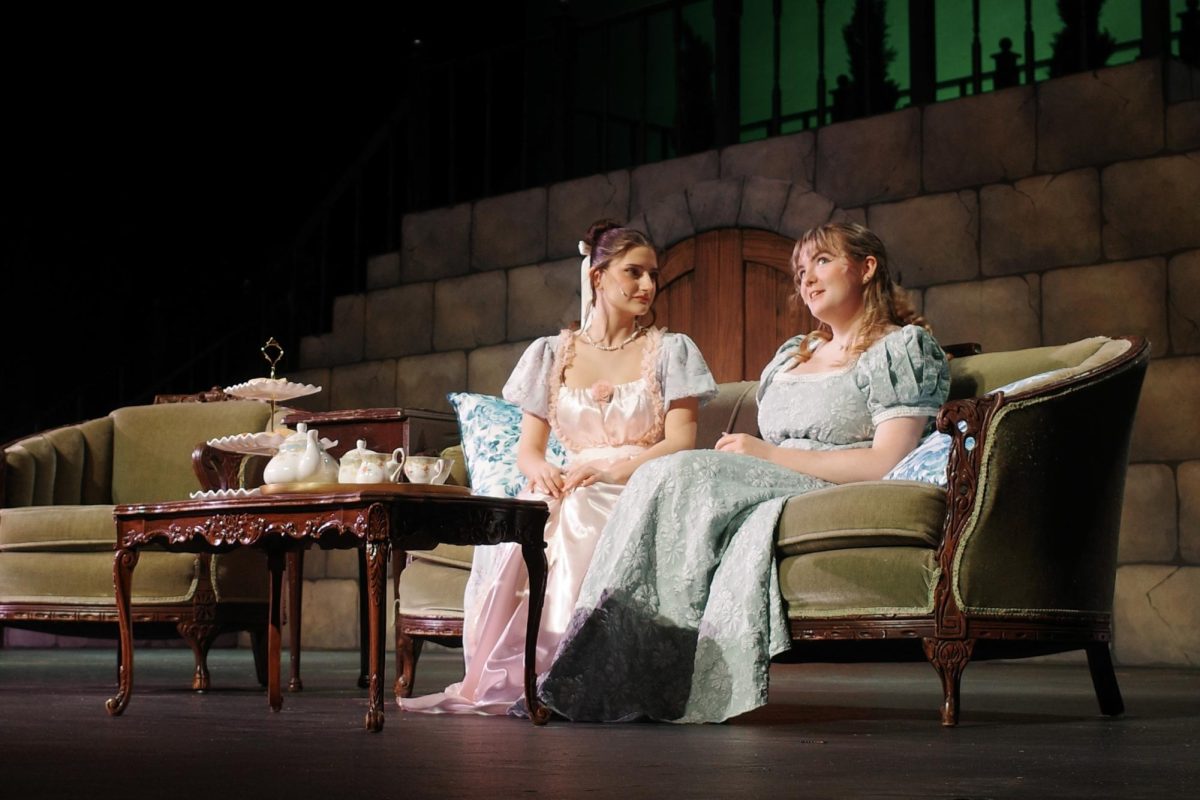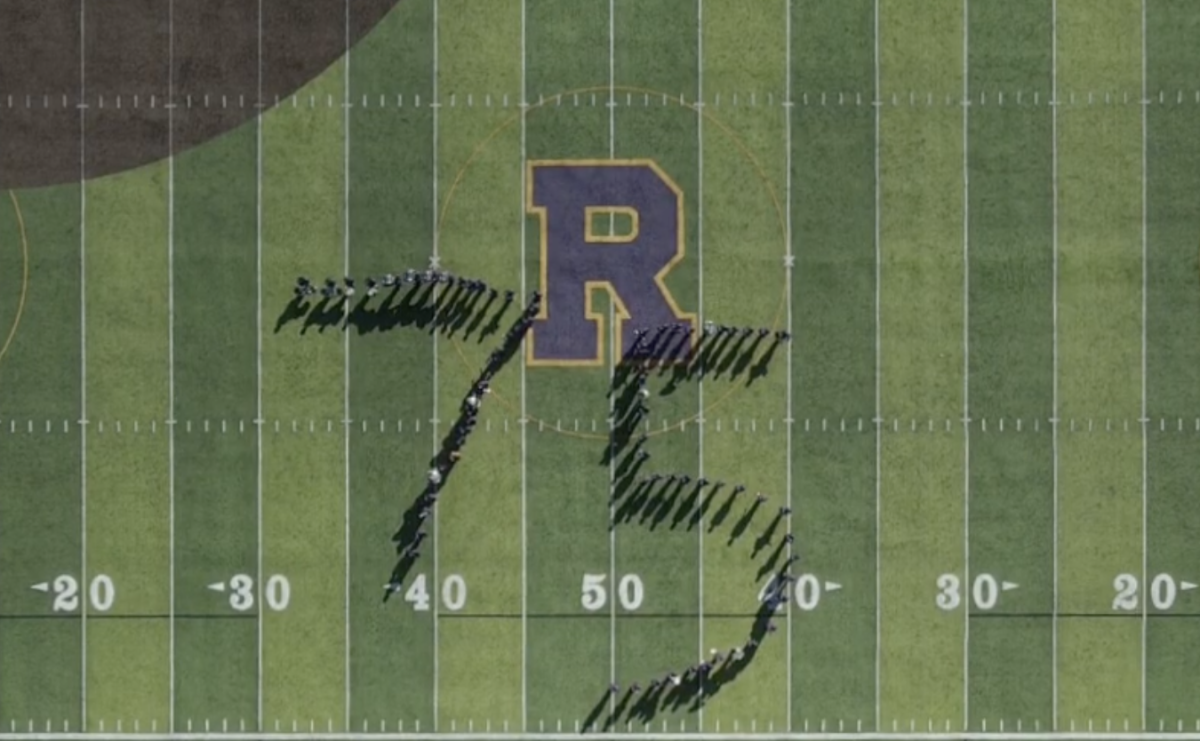With people around the world suffering on many fronts from the coronavirus pandemic, many are suffering from the lack of new entertainment. Most film studios were forced to stop production of movies and TV shows, but some have turned to technology to get their productions back on track.
According to English Department Chair and Star Wars fan Mary Dalton, she does not see a difference between virtual and physical sets.
“I think the productions look really cool, and I can’t tell the difference. I’m sure someone who is more of an expert in filmmaking might have an issue with the quality, but at least there are creative ways to keep producing entertainment” she said.
The creative folks at Disney are using LED technology and actors are filmed in studios with giant LED screens covering the walls and ceilings that act as the backdrop for any environment, such as a city, mountain range, or anything necessary for the shot.
According to Disney, over 50 percent of the first season of The Mandalorian production was filmed using LED technology, eliminating the need to travel to shoot a scene. When the pandemic reared its ugly head, Disney was well-positioned to continue production while keeping their actors safe.
When asked if he thought the set of Mandalorian was real or virtual, Javier Sanchez ’22 commented, “The immediate set looked real since people go in and out of them, but the background looks virtual.”
He is absolutely right. There are pieces of the set that are physical, such as buildings but the background is on a screen – the end result is what looks like a real life film set!
In an interview with the Crusader, Beth D’Amato, a digital paint supervisor and 24 year veteran of ILM/Disney, talked about LED screen technology, which Disney started using extensively in the filming of Deep Water Horizon, released in 2016.
“On that film the biggest effects were fires from an oil rig explosion. Rather than putting real fire on set with many actors, it was decided that large LED setups would project the fire instead and it worked out great.,” she said. “That led to the technology being used on Solo: A Star Wars Story. LEDs were utilized outside the cockpit of the Millennium Falcon. We projected the hyperspace effect on screens and it provided great results for all the same reasons mentioned above AND in this case it also provided the actors with a real sense of entering hyperspace.”
D’Amato sees a bright future for LED technology and virtual reality, in general.
“I’m excited to see where it will take us for future seasons of The Mandalorian and beyond. We’re creating volume setups in several locations around the globe so there will be more,” she said. She also added that the applications for VR are “endless” and she is excited for the future of this technology.
Moving forward, these new creative approaches may open doors for big-budget studios and we may get some new titles soon. For our immediate future, we can count on technology solutions to allow for productions to keep working and these creative approaches may open doors for smaller studios with limited resources.









